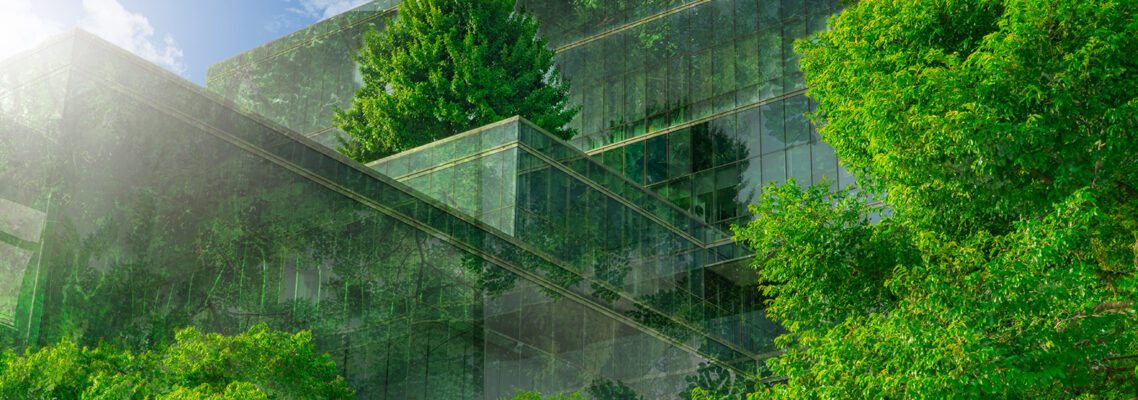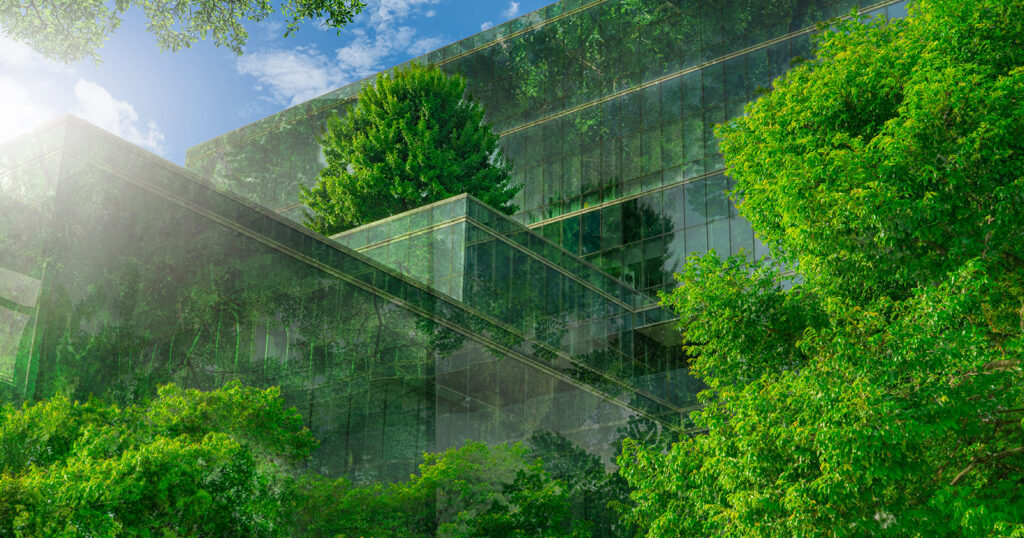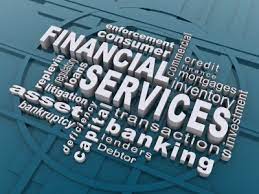
GOVERNMENT INITIATIVES TO PROMOTE SUSTAINABLE REAL ESTATE IN INDIA
November 2, 2022
The World Economic Forum recently published a study that states, buildings account for 40% of global greenhouse gas emissions, in addition to deforestation and depletion of raw materials. It goes on to say that the real estate industry must play its role responsibly towards reducing this.

The Niti Ayog estimates Indian realty sector will be reach US$1 trillion by 2030 thus constituting 18-20% of the Indian economy. This massive contribution from the real estate sector in the country makes it imperative that sector has an important role to play in achieving the COP26 commitments. The real estate sector accounts for 22% of all the emissions in the country.
One of the key initiatives of the Indian real estate sector in trying to minimize their impact on climate change is the adoption of the Indian Green Building Council (IGBC), The part of the Confederation of Indian Industry (CII). The IGBCs vision is – “to enable a sustainable and environment friendly built environment for all and facilitate all over India to be one of the global leaders in the sustainable built environment by the end of 2025”.
It also closely works with several State Governments in india, Central Government, World Green Building Council, bilateral & multilateral agencies in promoting green building concepts in India. In line with India’s COP26 commitment to reach net zero carbon emission by 2070, a great inactive. IGBC has also set its target of carbon free india by 2050. The IGBC plans to reach 10 billion sq. ft of green building in India by 2022.
GOVERNMENT INITIATIVES TO PROMOTE SUSTAINABLE REAL ESTATE There is growing evidence that tenants and home buyers in some cities let their environmental awareness influence their choice of locations. Techies are increasingly prepared to pay a royalty to occupy a LEED=Leadership in Energy and Environmental Design, certified building or make their premises carbon neutral. While such buildings can cost more to operate But that can be offset by higher rents to produce higher cash flow for investors.
The Finance Minister Nirmala Sitharaman, while presenting the Union Budget 2022-23, announced the Indian government’s decision to set up a high-level committee of urban planners and institutes to formulate new policies for sustainable urban development. Among the initiatives, the one-nation-one-registration proposal is a key structural reform for the property sector .
That will facilitate land transactions and sale deed registration from anywhere in the country. Increasingly, central and state governments are incentivising the development or retrofitting of commercial, residential and industrial buildings to make them more energy and emission efficient. For example, in Andhra Pradesh, buildings which have obtained a green rating from the Indian Green Buildings Council = IGBC , receive 25% subsidy on fixed total capital investment from the Industries and Commerce Department.
The Local-Self Government Department of Kerala offers up to 20% reduction in property tax and up to 1% reduction in stamp duty for IGBC-certified properties. In Maharashtra, green buildings can avail of an More/additional FAR (floor area ratio) of up to 7%. According to property consultant Knight Frank’s latest report, Hyderabad has been ranked among top 20 sustainable cities in the Asia-Pacific region. After Bengaluru and Delhi, Hyderabad has been ranked third in India for sustainable commercial real estate projects. With 428 ( great Numbers ) projects registered as green buildings in the State, Hyderabad is among the top cities promoting sustainable infrastructure and construction development. The State has a total of 280 million square feet built-up area that is categorised as ‘Green building’ by the Indian Green Building Council (IGBC).
Some of the great incentives that are already announced by the Telangana government for sustainable and environment friendly real estate development are: • 20% permit duty/fees is to be reduced • Big impact fee by 20%. • Reducing water and sewerage tariff by 10%. • Provide faster clearance for construction of green projects which also less the cost. • A 10% rebate in property tax. A ‘green home’ might cost up to 4-5% percent more, but over a period of time it pays for itself, delivering up to 40 percent savings on electricity bills and 20 percent on water bills.
It also improves indoor air quality and is designed to ensure better natural lighting, which goes a long way in ventilation and reduction in maintenance expenditure.
Loans and finance— the world’s largest sustainable advisor — Is promoting green living, from community farming to zero carbon commutes. The government’s incentives for promotion of sustainable real estate have given a fillip to our dreams and in accordance with the norms, you the home buyer set to gain financially and experience well-being. Green buildings are the future of real estate development and we are thrilled to be ahead of the curve.














